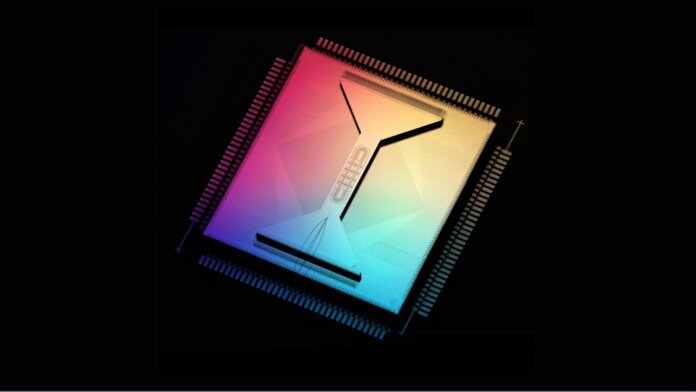For quantum computers to go from research curiosities to practically useful devices, researchers need to get their errors under control. New research from Microsoft and Quantinuum has now taken a major step in that direction.
Today’s quantum computers are stuck firmly in the “noisy intermediate-scale quantum” (NISQ) era. While companies have had some success stringing large numbers of qubits together, they are highly susceptible to noise which can quickly degrade their quantum states. This makes it impossible to carry out computations with enough steps to be practically useful.
While some have claimed that these noisy devices could still be put to practical use, the consensus is that quantum error correction schemes will be vital for the full potential of the technology to be realized. But error correction is difficult in quantum computers because reading the quantum state of a qubit causes it to collapse.
Researchers have devised ways to get around this using error correction codes that spread each bit of quantum information across multiple physical qubits to create what is known as a logical qubit. This provides redundancy and makes it possible to detect and correct errors in the physical qubits without impacting the information in the logical qubit.
The challenge is that, until recently, it was assumed it could take roughly 1,000 physical qubits to create each logical qubit. Today’s largest quantum processors only have around that many qubits, suggesting that creating enough logical qubits for meaningful computations was still a distant goal.
That changed last year when researchers from Harvard and startup QuEra showed they could generate 48 logical qubits from just 280 physical ones. And now the collaboration between Microsoft and Quantinuum has gone a step further by showing that they can not only create logical qubits but can actually use them to suppress error rates by a factor of 800 and carry out more than 14,000 experimental routines without a single error.
“What we did here gives me goosebumps,” Microsoft’s Krysta Svore told New Scientist. “We have shown that error correction is repeatable, it is working, and it is reliable.”
The researchers were working with Quantinuum’s H2 quantum processor, which relies on trapped-ion technology and is relatively small at just 32 qubits. But by applying error correction codes developed by Microsoft, they were able to generate four logical qubits that only experienced an error every 100,000 runs.
One of the biggest achievements, the Microsoft team notes in a blog post, was the fact that they were able to diagnose and correct errors without destroying the logical qubits. This is thanks to an approach known as “active syndrome extraction” which is able to read information about the nature of the noise impacting qubits, rather than their state, Svore told IEEE Spectrum.
However, the error correction scheme had a shelf life. When the researchers carried out multiple operations on a logical qubit, followed by error correction, they found that by the second round the error rates were only half of those found in the physical qubits and by the third round there was no statistically significant impact.
And impressive as the results are, the Microsoft team points out in their blog post that creating truly powerful quantum computers will require logical qubits that make errors only once every 100 million operations.
Regardless, the result marks a massive jump in capabilities for error correction, which Quantinuum claimed in a press release represents the beginning of a new era in quantum computing. While that might be jumping the gun slightly, it certainly suggests that people’s timelines for when we will achieve fault-tolerant quantum computing may need to be updated.
Image Credit: Quantinuum H2 quantum computer / Quantinuum



